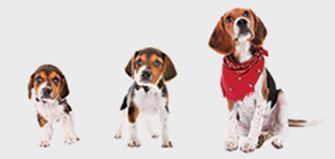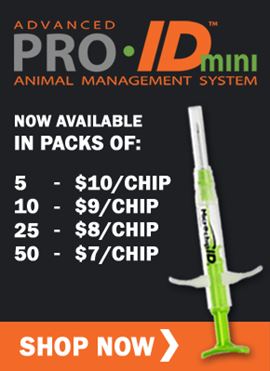
Dog Owner Diaries: Is My Dog Obese?
Obesity is a huge problem in the United States, and not just for the roughly 33 percent of people who are obese.
Nearly 54 percent of dogs in the US are obese. This disease is the highest threat to your pet’s wellbeing and can rob him (and yourself) of years of playtime.
Canine obesity comes with a myriad of health concerns. The list includes, but isn’t limited to:
- Arthritis
- Diabetes
- Heart Failure
- Kidney Disease
- Thyroid Conditions
I’ve been there. My oldest dog, Thor, is a lazy couch potato. He doesn’t really enjoy playing for long periods of time, and since his injury (he tore his ACL a few years ago), taking him on walks can sometimes cause pain. At his biggest he was 17 lbs., which for his size is overweight.
Luckily, I was proactive, and Thor never reached the point of obesity. Now, he stays around the 13- to 14-lb. range. This has proven to be a great benefit, because without the extra weight, his knee doesn’t have to work as hard, and we can go for longer walks.
Before you start a new healthy diet and exercise plan, you’ve got to determine if your dog is overweight or obese.
The easiest way would be to use the Body Condition Score Chart, or by asking your vet.

It should be pretty clear when your dog is obese, but it’s best to be proactive and get his weight under control before the problem reaches that point.
But, what if you (and your vet) have recently determined that your dog is overweight or obese, what now?
Well, next comes the hard part: diet and exercise. Ask your vet what type of food you should be giving to your pup to improve his diet, and get advice for an exercise plan. You’re going to need to start counting calories and consider changing your dog’s lifestyle, as well as your own.
In general, 30 minutes of physical activity is recommended per day. This can be in the form of walks, retrieving, tug of war, and other forms of play.
Don’t abruptly give your dog much less food, because it could result in even more health issues. The trick is to slowly wean him off of that amount of food and gradually bring him to the recommended level.
You’ll also have to be wary of the treats you give. I’d suggest finding a healthy alternative. I use apples, which are Thor’s favorite (so much so that when I have an apple for myself he sits next to me doing his tricks and even growling).
If you want to get into the technical world, you can look into items like FitBark that monitor your dog’s activities, much like the FitBit app. With a tool like that, you can compare your dog’s activity to dogs of similar breeds and even share the reports with your vet.
With some hard work, diligence and strict adherence to your veterinarian’s dieting and exercise suggestions, your dog has a great opportunity to shed those extra pounds and return to a healthier weight. Hopefully these tips will help you improve your dog’s well-being and keep that beautiful pup happy and healthy for years to come.














